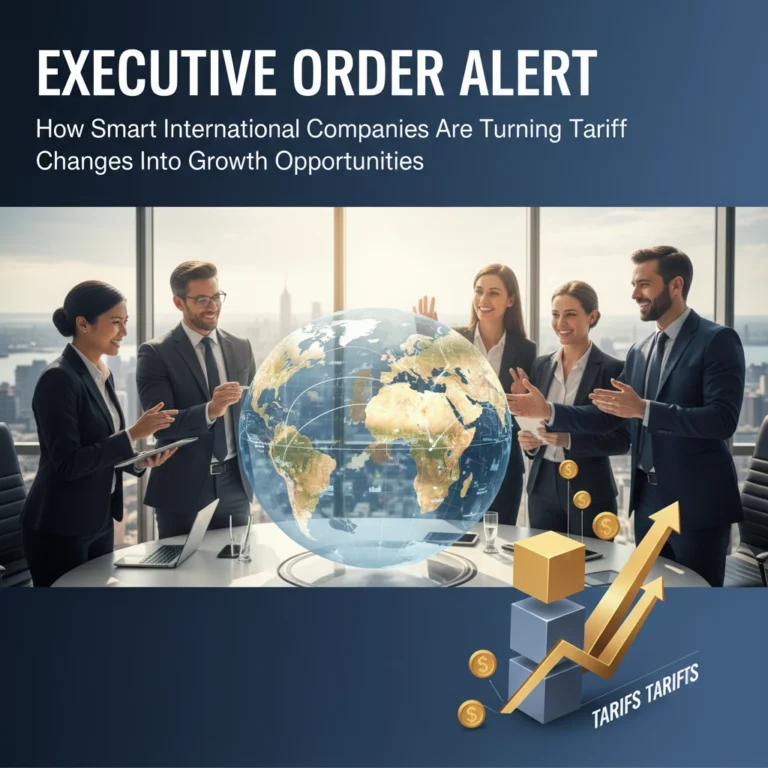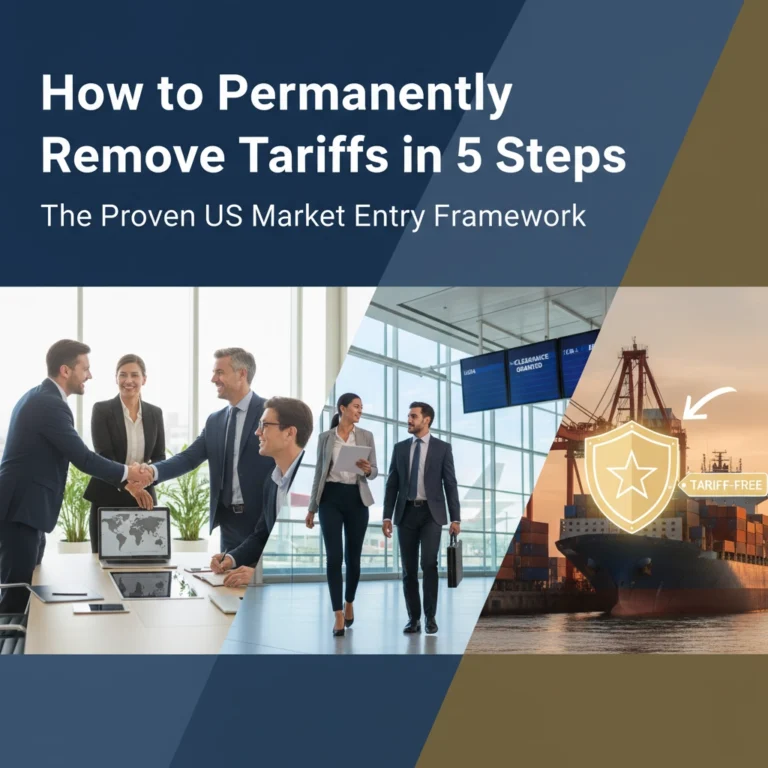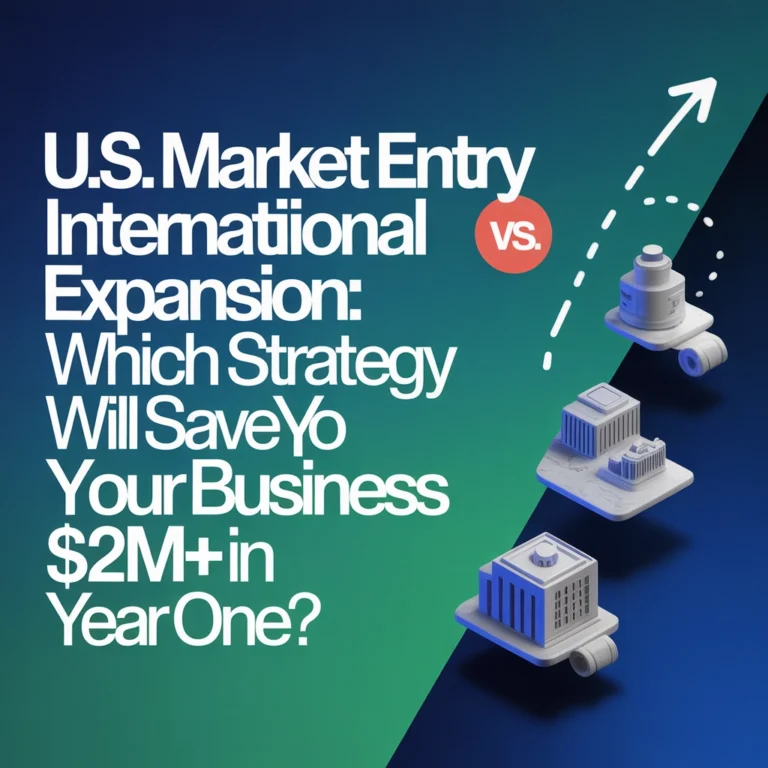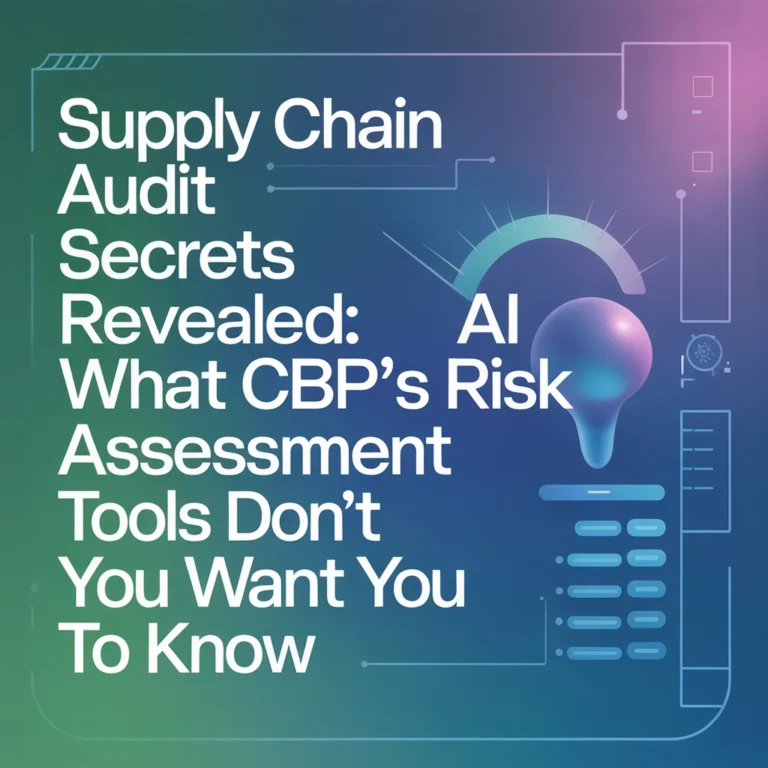US Market Entry Vs. Paying Tariffs: Which Is Better For Your $10M+ International Business?
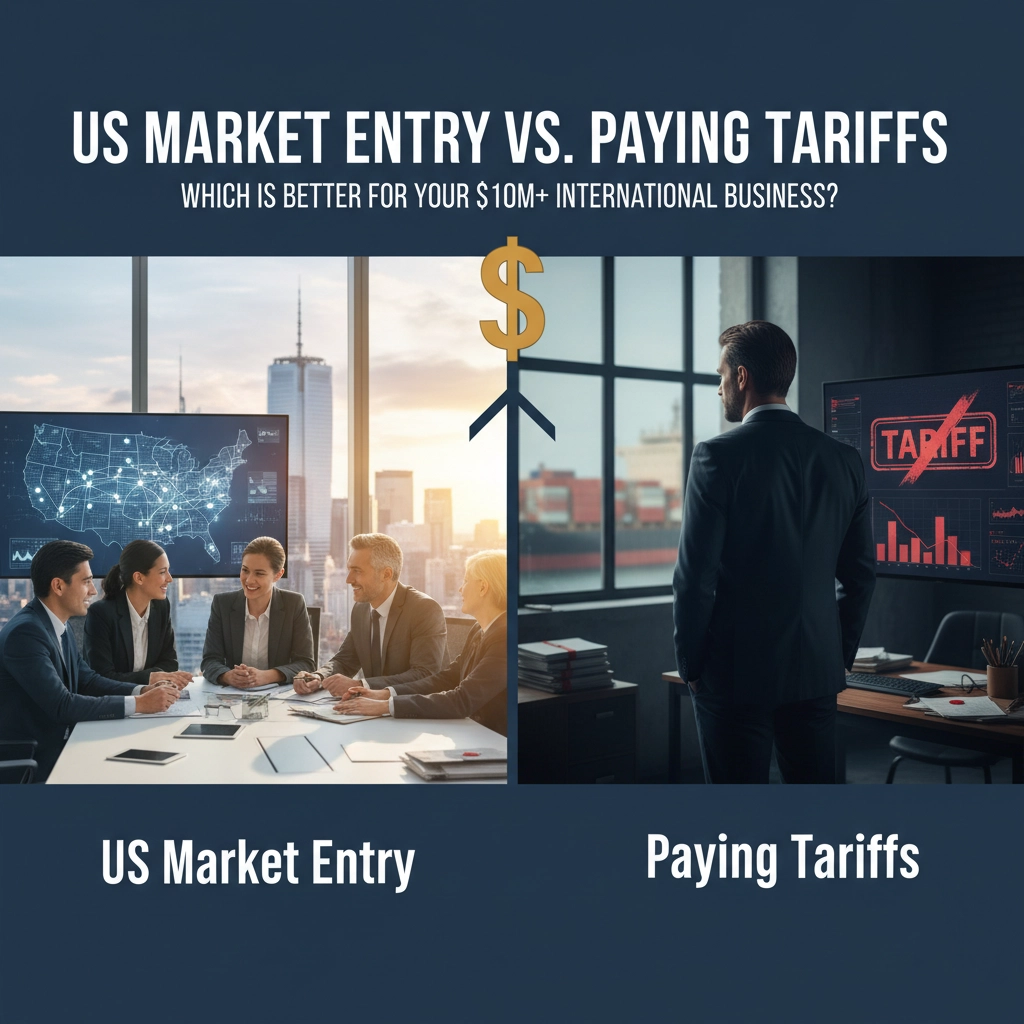
If you're running a $10M+ international business, you're probably feeling the heat from 2025's tariff surge. With effective rates jumping from 2.4% to 10-11.5% this year alone, and $88 billion in tariff revenue already collected, the old "wait and see" approach just isn't cutting it anymore.
Here's the million-dollar question: Should you bite the bullet and establish US operations, or keep paying those climbing tariffs? Let's break down both strategies so you can make the smartest move for your business.
The "Keep Paying Tariffs" Strategy
Let's start with what most companies are doing right now – paying up and hoping for the best.
The Good News:
- Low upfront costs: You're not dropping millions on US facilities or hiring American workers
- Stay flexible: If tariff policies flip tomorrow, you can pivot quickly
- Stick to what you know: Keep using your existing supply chains and manufacturing expertise
- Spread your risk: You're not putting all your eggs in the US market basket
The Not-So-Good News:
- Rising costs are brutal: Current data shows 61-80% of tariff costs get passed to consumers, and that's crushing margins
- You're losing the price game: Tariffs are pushing goods prices 1.9% above normal trends, making your products less competitive
- Policy uncertainty: What happens when tariffs hit 15% or 20%? Your profit margins disappear
- Customer relationships suffer: When you're forced to raise prices, customers start looking elsewhere

The "Go All-In on US Market Entry" Strategy
Now let's talk about the big move – establishing real US operations.
The Wins:
- Tariff elimination: Wave goodbye to those 10-11.5% effective rates entirely
- Price competitiveness: You can undercut competitors still paying tariffs
- Direct customer access: Build stronger relationships without intermediaries
- Future-proof your business: Protect against even higher tariffs down the road
- Supply chain control: Reduce dependency on international shipping and trade policies
The Challenges:
- Major upfront investment: We're talking $5-50M+ depending on your industry
- Complex operations: Managing US workforce, regulations, and facilities
- Time to ROI: Expect 2-5 years before seeing solid returns
- All-in commitment: Once you're established, pivoting gets expensive
Real-World Impact: The Numbers Don't Lie
Here's what's actually happening in 2025: Over 80% of US e-commerce companies with $10M+ revenue are entering new international markets despite tariff pressures. They're not waiting around – they're adapting.
Manufacturing companies are getting hit hardest, especially those using intermediate inputs. If you're in electronics, appliances, or floor coverings, you're seeing the biggest price sensitivity from customers who are getting squeezed by tariff pass-through costs.
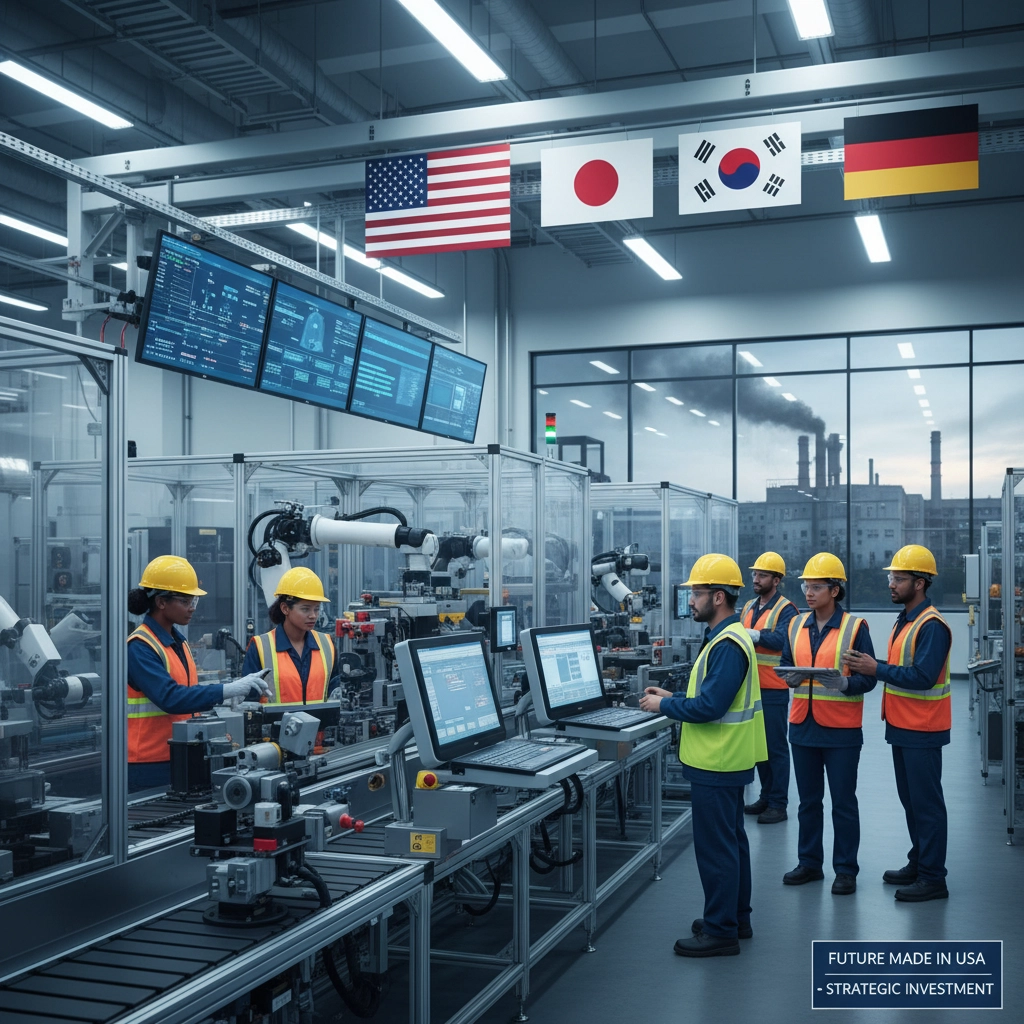
Side-by-Side Comparison: What Works When
| Factor | US Market Entry | Paying Tariffs |
|---|---|---|
| Initial Investment | High ($5-50M+) | Low ($0-500K) |
| Time to Profitability | 2-5 years | Immediate (but declining) |
| Cost Predictability | High | Low (policy dependent) |
| Competitive Advantage | Strong and growing | Weakening fast |
| Market Control | Direct | Through partners |
| Risk Exposure | US-focused | Global trade policy |
| Customer Relationships | Direct and strong | Indirect |
When US Market Entry Makes Sense
Go for it if:
- You're consistently pulling in $25M+ annually with solid cash flow
- You're in manufacturing (especially if you use intermediate inputs that are getting hammered by tariffs)
- Your products compete in price-sensitive categories like electronics or appliances
- You're committed to the US market for the long haul (5+ years minimum)
- Your competitors are already setting up shop in the US
Real example: A European furniture manufacturer we worked with was paying 15% tariffs on imported components. After establishing US operations and sourcing locally, they cut costs by 12% and gained 18% market share in two years.
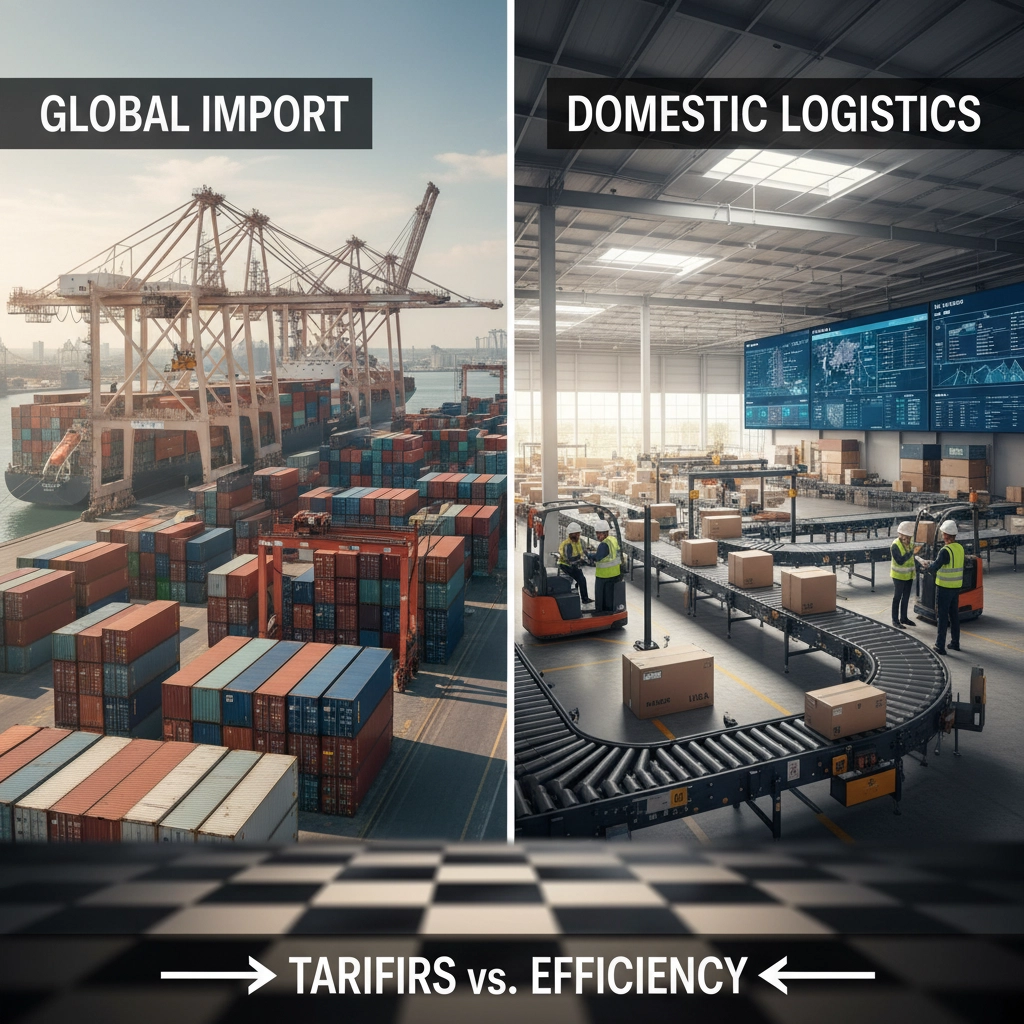
When Paying Tariffs Still Works
Stick with tariffs if:
- You're closer to the $10M threshold without massive cash reserves
- You're in services or sectors where goods tariffs don't bite as hard
- Your products are so differentiated that customers will pay premium prices anyway
- You can use tariff avoidance strategies (like USMCA compliance) effectively
- You genuinely believe policy changes are coming soon
The Smart Money Play: The Hybrid Approach
Here's what the smartest companies are doing – they're not choosing between these strategies. They're doing both.
Start by optimizing your current tariff situation. Look for legal avoidance strategies, reclassify products where possible, and squeeze every efficiency out of your existing supply chain. This buys you time and cash flow.
Meanwhile, begin planning your US market entry. Identify the best locations, start building relationships with local suppliers, and map out your operational strategy. When you're ready to pull the trigger, you'll have a smooth transition instead of a costly scramble.

The Bottom Line: Action Beats Inaction
The research is crystal clear: "doing nothing is not a strategy" in today's trade environment. Whether you choose market entry, tariff optimization, or a hybrid approach, the companies that adapt proactively are the ones that survive and thrive.
The tariff situation isn't going away. If anything, it's likely to get more complex and expensive. The question isn't whether you should adapt – it's how fast you can do it while maintaining your competitive edge.
Your $10M+ business didn't get where it is by playing it safe when the market shifted. This is just another shift, and the companies that move decisively will be the ones capturing market share while their competitors are still figuring out their strategy.
Ready to explore your options? The time for "wait and see" is over. The time for strategic action is now.
Need help navigating US market entry or optimizing your current tariff strategy? Get in touch with our team to discuss your specific situation and build a roadmap that works for your business.

